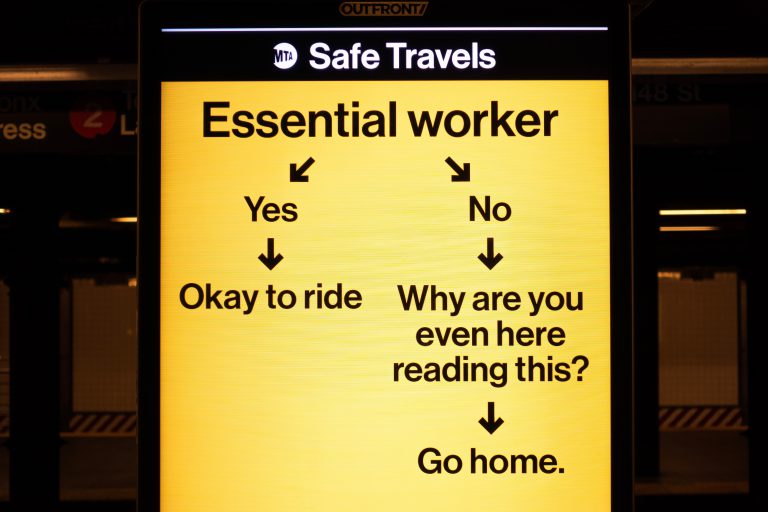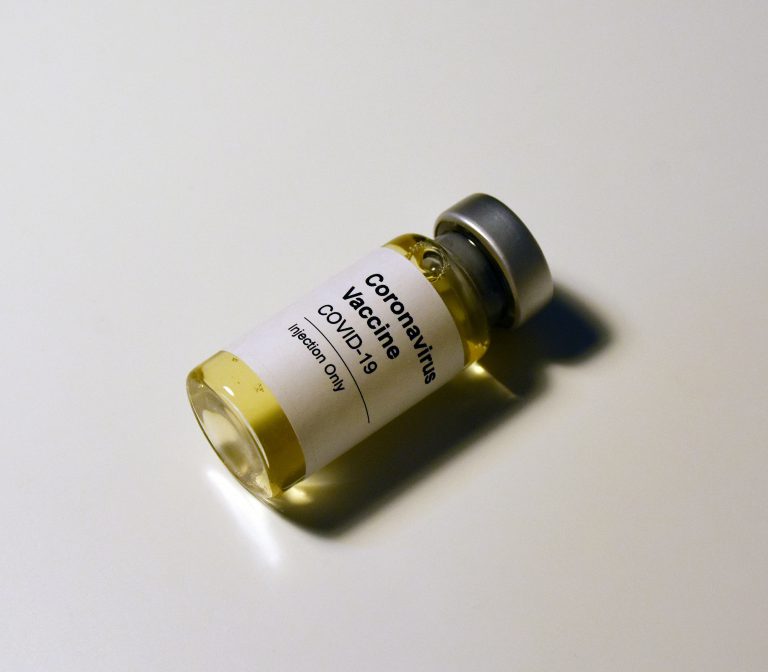One recurring theme in most healthcare news stories is how the COVID-19 pandemic showed the world that preparedness is everything when it comes to saving lives against a deadly virus.
In the information age, nothing holds importance quite like predictive analytics. This way of collecting and analyzing data allowed medical practitioners to make decisions based on measurable and predictable data. As the virus continued to spread, medical professionals relied on predictive analytics to solve the public health crisis.
To emphasize that point even further, here are five ways in which predictive analysis has helped in the fight against COVID-19:
-
Predicting Locations of Future Case Surges
Case surges are problematic given the nature of the Coronavirus and how easily it spreads. If left uncontained, then a surge can potentially push local communities’ boundaries and cause national infections, undoing all society’s progress in stopping the virus.
Several health systems and tools use de-identified data to track possible case surges based on location, which provided authorities and public health officials with enough information to decide on restrictions in any given area.
-
Predicting the Risk of Testing Positive
While everybody is at risk for contracting the virus, COVID-19 does not affect all individuals equally. Those who spend most of their time indoors with remote jobs will not face the same level of risk as frontline workers in the healthcare industry that are working shifts in front of compromised individuals. Understanding the risk factors involved in the spread of the virus will provide more information on how to stay safe.
Predictive analytics allow researchers to determine which factors increase the likelihood of having a confirmed case of COVID-19—and they found that elderly people, African-Americans, and individuals with known exposure to Coronavirus cases were at a higher risk. People with a reduced risk of contracting the virus are those that received the influenza vaccine, took particular drugs, and were of Asian descent.
-
Predicting the Risk of Adverse Outcomes
Providing better healthcare for COVID-19 patients caused many challenges for emergency room teams, especially with resource scarcity. Systems were developed to allow physicians to assess risk scores for individuals’ likelihood of experiencing the worst Coronavirus cases.
However, while predictive analytics tools provide crucial data, they can also produce biased results from excluding underserved populations. Algorithms are continuously being updated to prevent such outcomes.
-
Predicting Hospital Availability
One of the greatest challenges presented by COVID-19 was dealing with the lack of hospital capacities in different locations.
Predictive analytics was used in Louisiana to develop models that could predict how many ICU beds would be available in different parts of the state at future times. This was based on data adjustments that recorded admission and discharging of patients in real-time.
While not exact, these calculations gave sufficient estimates that allowed hospital administrators to make better decisions with resource requirements. It also allowed hospitals to free up space for non-COVID-related medical care, such as for surgeries.
-
Storing Vaccines Safely
With vaccines readily available in different parts of the world, the next main concern is how to store and distribute them efficiently since their efficacy is affected by temperature changes. Predictive analytics determined whether vaccine refrigerators would go outside of their parameters or suffer equipment failures that might compromise the vaccines’ stability and other delicate medical supplies.
Conclusion: Predictive Analytics vs. COVID-19
It’s important to remember that predictive analytics are accurate, but definitely not perfect. Reliance on this form of information should be combined with other data validation measures. Coupled with medical professionals’ expert judgment, the insights gathered from predictive analytics can provide solutions to problems presented by the COVID-19 pandemic. With enough smart predictions, this form of data analysis may be a significant contributor to eradicating the virus in the near future.
With Dose of Healthcare, staying updated with the latest in health news today is easier than ever before. Understanding the status of the medical industry, whether it’s related to the Coronavirus or other major trends in the industry, is essential to one’s well-being and safety. Catch up on the latest advancements in the medical field with us today!
















